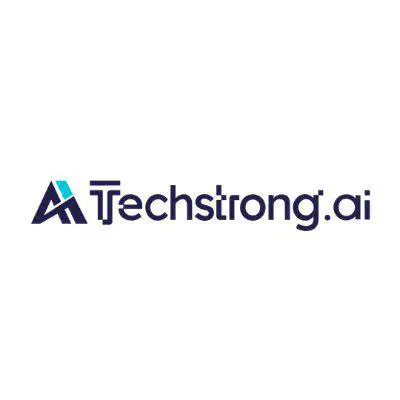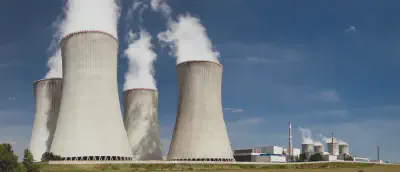Big Tech Goes Nuclear To Quench AI Energy Demands

By Jon Swartz

Big Tech is going nuclear in an escalating race to meet growing energy demands.
Amazon.com Inc., Alphabet Inc.’s Google and Microsoft Corp. are pouring billions of dollars into nuclear energy facilities to supply companies with emissions-free electricity to feed their artificial intelligence services.
The tech giants are scrambling to strike deals and partnerships with operators and developers of nuclear power plants to refurbish traditional power plants or build small modular reactors, which offer a smaller footprint and quicker building times.
Amazon is making perhaps the biggest splash. It is leading a $500 million funding round for X-Energy Reactor, a company that specializes in SMRs through which Amazon intends to bring more than 5GW of new power projects online in the U.S. by 2039.
Amazon is exploring options in Washington, Pennsylvania and Virginia, where it is pursuing an SMR project with Dominion Energy near the North Anna nuclear power station.
“One of the fastest ways to address climate change is by transitioning our society to carbon-free energy sources, and nuclear energy is both carbon-free and able to scale — which is why it is an important area of investment for Amazon,” Amazon Web Services Chief Executive Matt Garman said in a statement. “Our agreements will encourage the construction of new nuclear technologies that will generate energy for decades to come.”
Google, meanwhile, recently inked a partnership with Kairos Power to develop advanced reactor plants under Power Purchase Agreements in a bid to supply clean electricity to Google data centers by 2030.
Last year, Microsoft let it be known what it thinks of nuclear energy, a source of power long supported by co-founder and former CEO Bill Gates. [Gates has invested more than $1 billion in startup TerraPower, which is developing smaller reactors in partnership with Warren Buffett’s utility company PacifiCorp.]
In 2023, the software giant listed a job for a principal program manager to lead its nuclear energy strategy. Since then, Microsoft has agreed to pay Constellation Energy to resuscitate the shuttered Three Mile Island nuclear power plant in Pennsylvania, and it has agreed to buy power from Helion Energy, a Seattle startup that seeks to build the world’s first nuclear fusion power plant by 2028.
Indeed, even the Biden Administration sees the wisdom in nuclear power, which provides about 20% of the U.S.’s electricity in reducing greenhouse gas emissions. “Revitalizing America’s nuclear sector is key to adding more carbon-free energy to the grid and meeting the needs of our growing economy — from AI and data centers to manufacturing and health care,” Energy Secretary Jennifer M. Granholm said in a statement.
As AI grows, so has the need for more energy despite a spike in data centers, hence the nod to nuclear.
“These tech companies are doing this not because they want to, but because they have to,” James Walker, a nuclear physicist and CEO of NANO Nuclear Energy Inc., said in an interview. “NVIDIA will be in the same boat. They and others are capped by what they can remove from the grid. And for many, SMRs are the most likely path because they are more affordable, scalable, and an deployable option.”
There are 94 active nuclear power plant reactors in the U.S. — the most of any country — though the nation has tried to build 250 since 1960. Many fell by the wayside because of steep costs, construction delays and a paucity of permanent storage for spent nuclear fuel.
“The predictability of nuclear energy output contrasts with the intermittency of renewable sources like solar or wind, making it a reliable base load energy supply for AI-driven operations,” David Bader, distinguished professor and director of the Institute for Data Science at New Jersey Institute of Technology, said in an email. “The development and deployment of advanced nuclear technologies, such as SMRs, also align with sustainability goals by providing a clean, long-term energy source that reduces dependency on fossil fuels. As AI continues to drive global economic growth, the scalability and environmental benefits of nuclear power make it a vital component of the future energy mix.”
Given their insatiable thirst for clean energy, tech’s largest players are expected to look at nuclear power plants, SMRs and other alternatives.
One option under consideration are micro nuclear reactors, which are smaller than SMRs and can be built faster and at a fraction of the cost. Such reactors generate less than 20 megawatts of thermal energy that can be used to generate electricity and/or provide heat for industrial uses such as data centers or military bases. The compact reactors are small enough to fit on a semi-truck and can be easily deployed in remote locations.
Microreactors cost less than conventional nuclear reactors and SMRs, and do not use any liquid coolant, thus eliminating the possibility of a meltdown.
https://techstrong.ai/articles/big-tech-goes-nuclear-to-quench-ai-energy-demands/